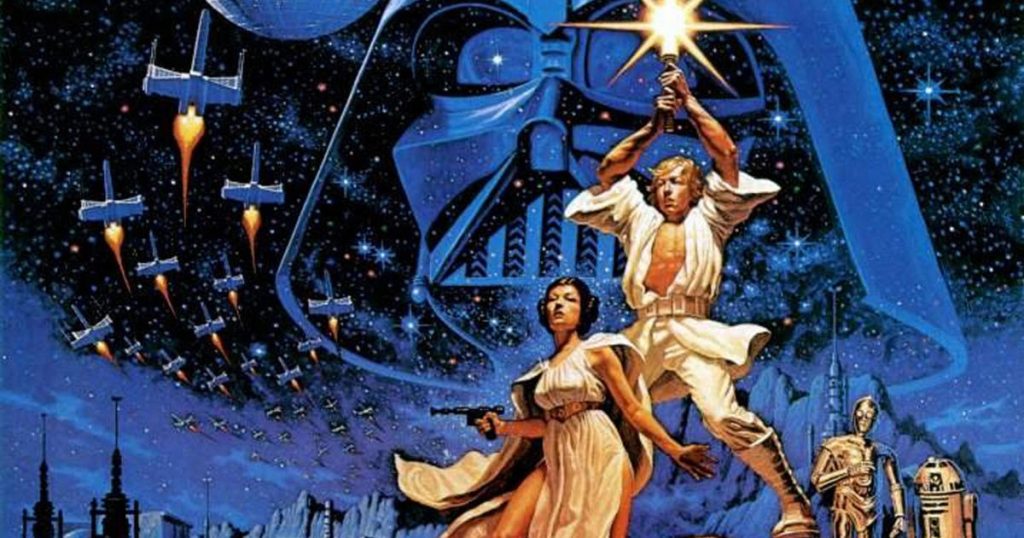A new Indigenous language dub of the iconic film “Star Wars: A New Hope” is currently in the works and will be showcased at theaters across parts of Minnesota, North Dakota, and Wisconsin. This project was a result of collaboration between Walt Disney Studios, Disney, Lucasfilm, the Dakota Ojibwe Tribal Council, and the University of Manitoba. The Ojibwemowin version of the 1977 film is scheduled to be screened in nine theaters, including locations in the Twin Cities. This dub is a significant step in bringing the Ojibwe language and culture to a wider audience through a popular and beloved film.
The original “Star Wars” film has been translated into more than 50 languages over the years, with the Ojibwe dub being only the second time the movie has been translated into an Indigenous People’s language. Previously, in 2021, the film was translated into Navajo. The voice work for the Ojibwe dub took place in Winnipeg, involving script translation, auditions, and sound recordings. Post-production work and sound mixing were finalized at Skywalker Sound in California, ensuring a high-quality dubbing experience for viewers. This project highlights the importance of preserving Indigenous languages and cultures through modern media and entertainment.
The cast of the Ojibwe language dub of “Star Wars: A New Hope” includes Aandeg Jedi Muldrew as Luke Skywalker, Ajuawak Kapashesit as Han Solo, and Theresa Eischen as Princess Leia. Manitoba is home to five First Nations linguistic groups, including Ojibwe, Cree, Ojibwe-Cree, Dakota, and Dene. With an estimated 320,000 Ojibwe speakers in the U.S. and Canada, efforts to preserve and revitalize the language are crucial for future generations. In Minnesota, seven federally recognized Ojibwe tribes are actively working on language preservation initiatives, such as the Rosetta Stone project led by the Mille Lacs Band of Ojibwe. The dubbing of this classic film is a unique way to engage audiences and promote Ojibwe language and culture.
“Star Wars: A New Hope” was a groundbreaking film that achieved significant success upon its release in 1977. This space opera became an instant smash hit and is considered the second-highest-grossing film in domestic history when adjusted for inflation. The movie garnered 10 Oscar nominations at the 50th-annual Academy Awards, winning six awards along with a special achievement accolade. By creating an Ojibwemowin version of this cinematic masterpiece, the filmmakers are not only honoring the legacy of “Star Wars” but also highlighting the importance of Indigenous representation in popular culture.
The collaboration between Walt Disney Studios, Disney, Lucasfilm, and Indigenous communities to produce an Ojibwe language dub of “Star Wars: A New Hope” showcases the growing efforts to preserve and revitalize Indigenous languages and cultures. Through this project, audiences will have the opportunity to experience a beloved film in a new and culturally significant way. By incorporating the Ojibwe language into mainstream media, this initiative aims to celebrate and promote the diversity of Indigenous languages and heritage. The screening of the Ojibwe dub in theaters across Minnesota, North Dakota, and Wisconsin serves as a testament to the importance of language preservation and cultural representation in modern storytelling.


